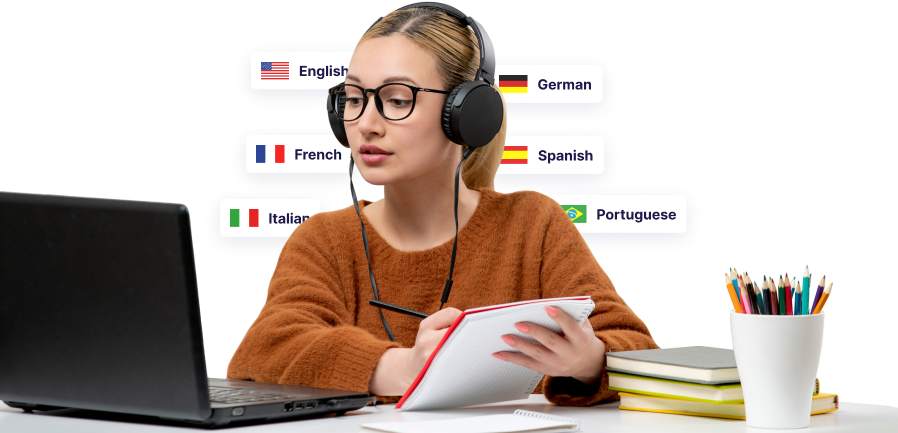Rapid Translate Team
Quality is one of the most important things to consider when getting a translation. This is even more crucial when working with official documents. But what defines quality translations, and how can you ensure high standards when getting this service?
Accuracy, fluency, and completeness usually determine the quality of a translation. However, the quality can also mean the degree to which a translation meets the required standards.
Since there are many questions about this topic, read this article to get all the answers you need!
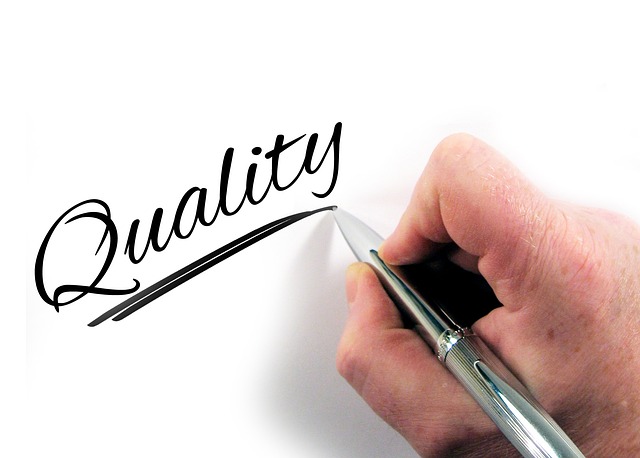
Table of Contents
What Is Translation Quality?
Translation quality is the level to which translations meet the needed standards and requirements. It also defines the degree to which they portray the tone and message of the original document. While there are many questions like “What is translation quality,” it all depends on your goals.
Translation mostly aims at conveying a message from the source to the target language. Hence, high-quality translations will help you achieve this purpose. They also maintain the original document’s meaning, tone, and style.
The quality of translation depends not only on how well you’ve created a word-for-word version. Instead, it covers a broader view of how effectively you can use the translated document for its original purpose.
Professional translators must have the appropriate language and translation skills to produce high-quality translations. They must also have cultural competence to create results that fit into the right context.
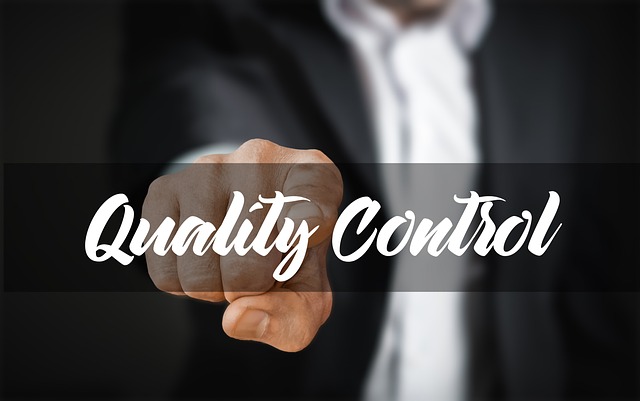
How To Evaluate Translation Quality
As a translator or a person looking for translation services, reviewing a job’s quality is often necessary. This involves reviewing the translation and comparing its content with the original document.
If you have questions about how to evaluate translation quality, here are five steps to follow.
1. Verify the Translator’s Understanding of the Original Document
The quality of a translation depends significantly on the translator’s understanding of the original text. In this case, this understanding does not only mean knowing the direct meanings of words. Instead, it involves knowing the document’s context, nuances, and intended meaning.
Mistakes in this manner can severely impact the document’s quality. Of course, they result in mistranslation, loss of information, and inaccuracies. These can all equally cause a translation to lose its meaning and reliability.
2. Check the Natural Flow of the Translated Document
Fluency tells a lot about translation quality. Besides being accurate, most fluent documents are easier to read and comprehend. Of course, high-quality translations flow naturally, as if they were in their original languages.
Typically, bad-quality translations flow awkwardly or are disjointed and uncoordinated. Thus, they lack a good level of engagement that makes them interesting. Hence, you may find it difficult to figure out their meanings.
3. Review Its Localization Status
Localization involves adjusting content to fit a particular group’s linguistic, cultural, and social norms or preferences. It is important because it helps your target audience relate better to the translation.
Thus, when evaluating translation quality, examine its localization status. For instance, literal translations of idiomatic expressions may not make sense. However, translation localization deals with this type of discrepancy.
4. Evaluate the Translation Accuracy
Accuracy is the most important factor to consider when evaluating translation quality. Accurate translations carry the same message as the original text. This means there are no errors, distortions, or omissions.
This is why you must verify the translated document’s accuracy. Also, check if the document is complete and consistent in terms of terminology, style, and tone. Finally, check if there is a proper use of punctuation during the translation process.
5. Look at Numbers and Measurements
Consider measurements, numbers, and units if you’re creating scientific, financial, or technical document translations. Errors can be costly. This is why you must consider this aspect when evaluating the quality of a translation.
Pay attention to the figures when checking the accuracy of translations of financial reports, science papers, or technical presentations.
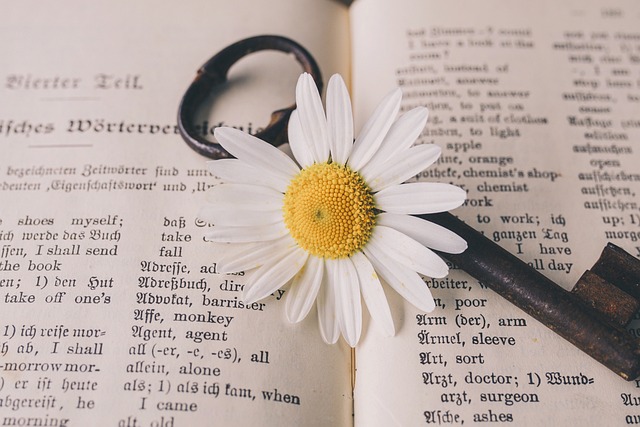
How To Get High-Quality Translations
High-quality translations are important for smooth operations, whether you’re an individual, a small brand, or a major company. Getting good translations can be tricky, especially if you’re a first-timer. But here are five tips for getting good services:
- Hire good translators or translation companies: Choose a renowned and certified language service provider or top translation companies. Review their portfolios to determine their fluency and proficiency in the target and source languages. Prioritize professionals with subject-matter expertise in your field.
- Search for translators early: Begin the translation process early to plan and coordinate the project properly. This technique also gives translators enough time to study the content and learn the needed terminology. Hence, you’ll prevent rushed work and enjoy quality translations.
- Create a team with the translator: Quality translations usually require collaboration among all the concerned players. In this case, create a team with the translator, subject-matter experts, editors, and proofreaders. This way, you can adequately follow up on progress and quickly address any concerns.
- Mark your target audience: Always determine and define your target readers. Factor in their language skills, and cultural background to create translations they’ll relate to. Profiling your audience also helps to use the right tone, style, and overall preferences.
- Perform back translation: After completing the project, translate the document back into the source language. This technique helps to determine the document’s quality. If the back translation does not reflect the original document’s meaning, you may need a review.
How To Improve Machine Translation Quality
Although machine translation offers a convenient way to render documents, it has some major limitations. Besides depending largely on the text quality, it struggles with idiomatic expressions and cultural nuances and often needs heavy editing.
Therefore, here is how to improve machine learning quality:
- Use clear language in the source text: When drafting the source text for machine translation, avoid using complex sentences, jargon, and idiomatic expressions. Also, use the active voice instead of the passive voice to simplify your sentence structure.
- Properly train your machine translation systems: To improve your machine translation systems, train them with high-quality, context-specific data. Diversify the training data to cover different topics and styles.
- Create translation memories: Translation memories are databases of past translations that can be useful in future translations. Adding this feature to machine translators helps to maintain consistency and accuracy.
- Use human-assisted machine translations: To improve the quality of machine translations, hire a skilled human linguist to review the results. This helps maintain accuracy and retain the context.
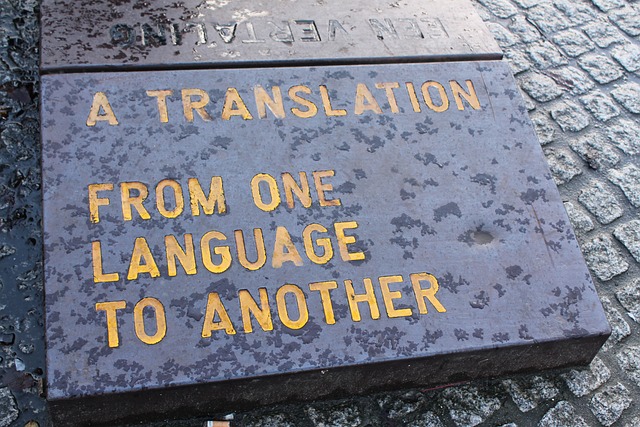
FAQ
Now that you’ve learned about translation quality, let’s address some common questions about the subject!
How do you ensure a high-quality translation?
You can ensure a high-quality translation by paying attention to the context and prioritizing accuracy and consistency. Also, localize the translations before proofreading and editing them.
Do machine translators offer quality translation?
Although machine translators have improved significantly, their quality depends on the complexity of the source document. While they provide fairly adequate results, they may create inaccurate translations regarding specialized topics.
Get Quality Translation Quality From Rapid Translate
Professional human translators are your best bet for quality translations. That is why Rapid Translate offers the most reliable certified translation services for documents and certificates. If you’re looking for quality, translate with us.
With $27.99 per page, you’ll enjoy translations with the fastest turnaround times and 24/7 customer support. You can also get notarized translations and rushed-mail options.
Why wait any longer? Get your quality translation services now!





